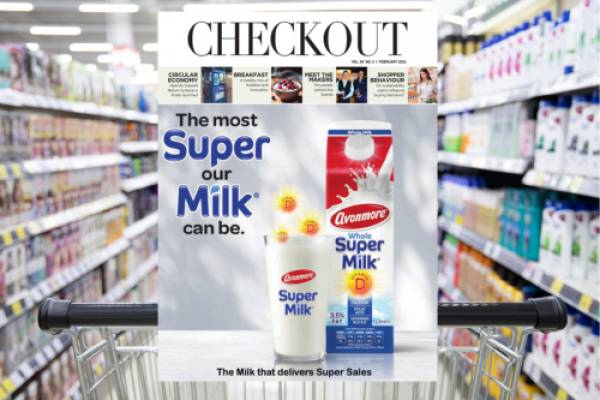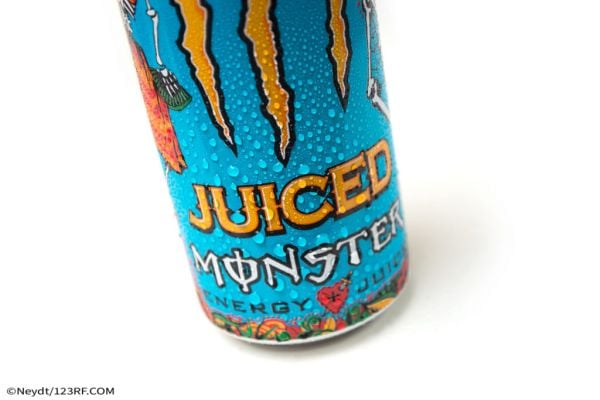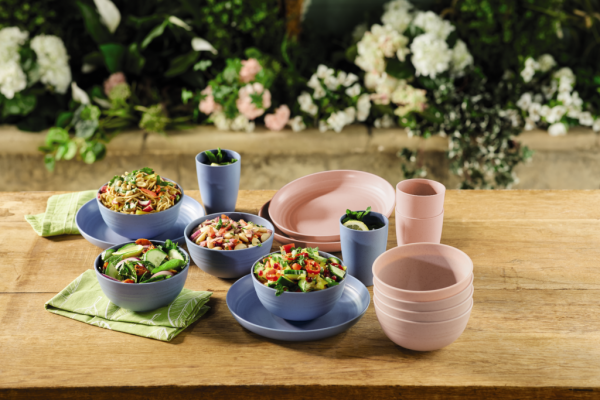Amanda Allen reports from the recent The Kantar Worldpanel Client Day, which set out to determine whether there really is such a thing as an ‘average shopper’.
The statement ‘there’s no such thing as average’ set the tone for this year’s Kantar Worldpanel Client Day, which took place in September. Looking specifically at 2012, the day explored why there is no such thing as an average consumer and how shoppers purchasing decisions are being influenced both in store and in the home.
Owen Callan of Danske Bank Markets launched proceedings with an up-to-date economic overview of Ireland and the EU. It didn’t make for pleasant listening with the consensus being an upturn is unlikely until 2014 at the earliest and lending to SMEs won’t improve in the short term. So with consumers’ houses worth nothing and their income, if it exists, way down, what’s next?
Giles Quick from Kantar World Panel took up the baton at this point taking a look at ‘Consumers At Home’ and how different people respond in different ways to crisis.
Quick looked at the impact of children on the home and had some interesting statistics to share. The consensus was that children change everything. One statistic highlighting this is that 17% of Irish people eat out once per week; this falls to 8% when people have children.
“In line with having children, shopping habits change and price becomes key. They also have a huge impact on what goes into the trolley with snacks and convenience becoming more important,” says Quick. Interestingly, men are 30% more likely to eat confectionary if they have children.
In line with uncertainty in the greater economy consumers are staying home more often, which has provided a boost for supermarkets. “You can see this in the increase in meal deals in store and the greater prominence of occasion-based marketing’” says Quick.
Taking an in depth look at shoppers in the store Kantar’s Cathy Cross discussed how sentiment in the home affects the shopper in the store. Unsurprisingly, consumers with less to spend are more focussed on price, promotions and sticking to a budget. Nowadays, a whopping 40% of consumers prepare a shopping list.
In addition, the day on which a shopping trip takes place has a large bearing on how much is spent with a greater number of higher-value shopping trips taking place at the weekend.
Delving into the world of Private Label, Cora Campbell charted its development in Ireland in recent years and also expelled some of the myths surrounding PL. “With increased availability in store, retailers have been on top of their game and are also doing a great job of tapping into the theme of ‘Irishness’ with their private label goods,” says Campbell.
An improved quality in the goods themselves has been widely noted attracting more affluent customers towards PL. “In 2011 all of the supermarkets showed a significant growth in PL,” she says. At present 63.7% of consumers like the products and are happy with their quality, a figure that is up on last year. This increases to 77.8% with consumers that have children.
Kantar predicts that Private Label will account for 50% of the market by 2016 and create an increased pressure for shelf space in store. Categories where PL still hasn’t excelled however includes: personal care; oral care; instant coffee; and confectionary.
As expected price will be key for many consumers going forward, with discounts and promotions necessary to entice many consumers. According to Kantar’s Georgiann Harrington however there is still a place for premium products on the market with value meaning different things to different consumers. “Value doesn’t equate cheap for all consumers so there is still a place for premium products in the market and this segment is growing.”









